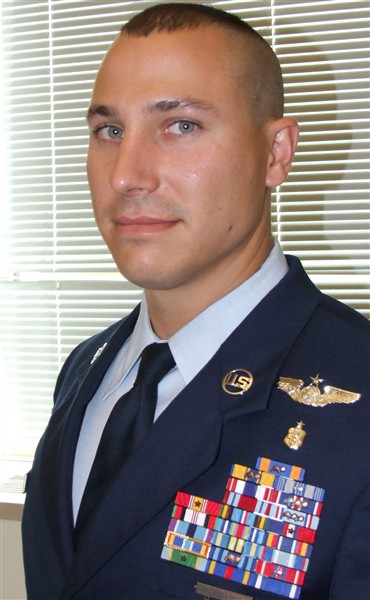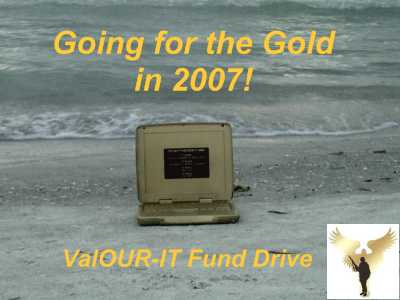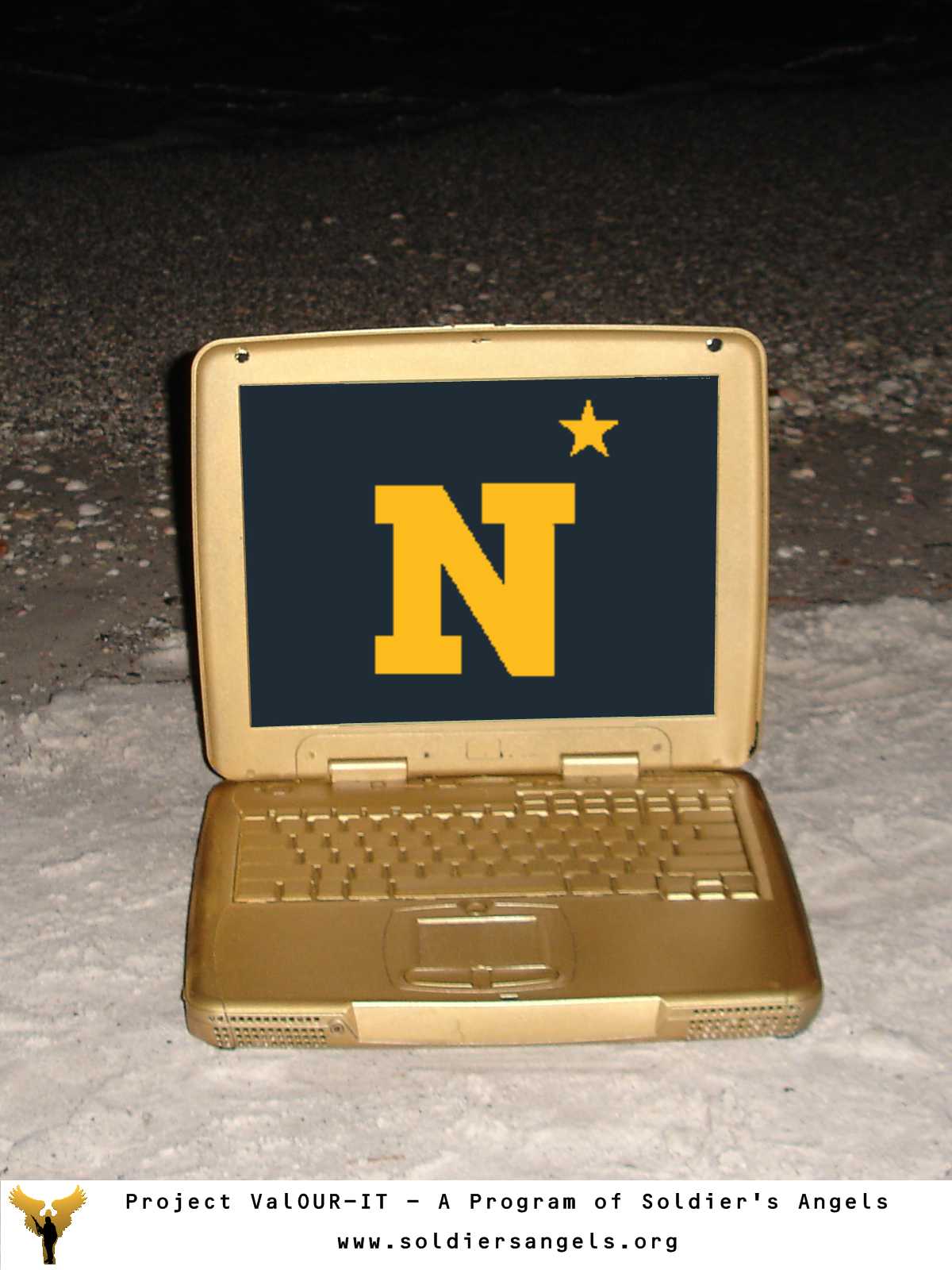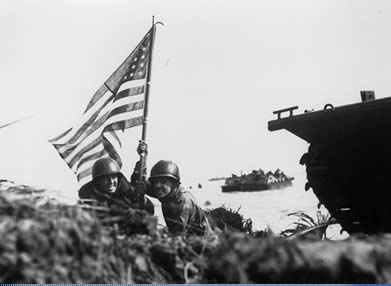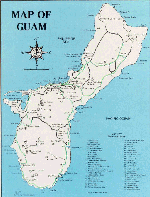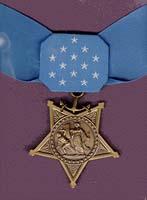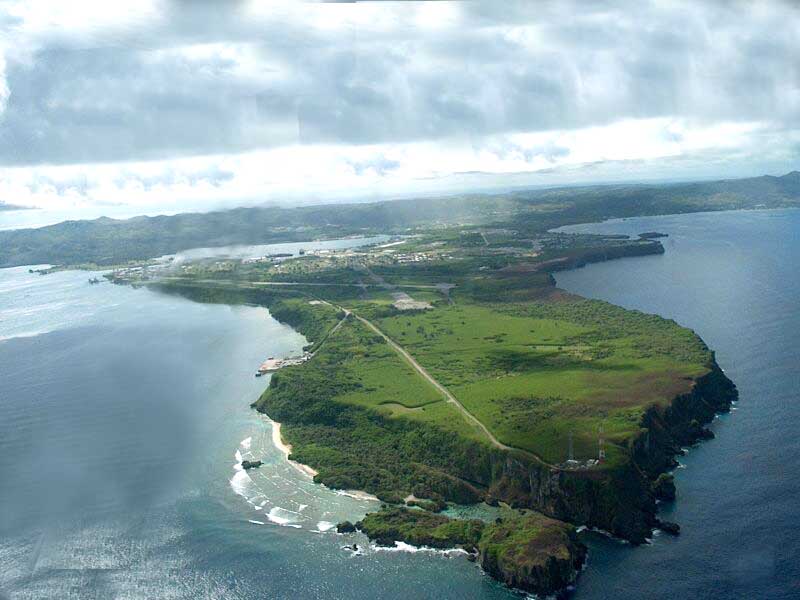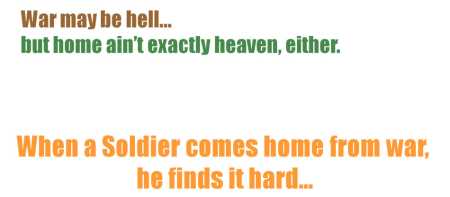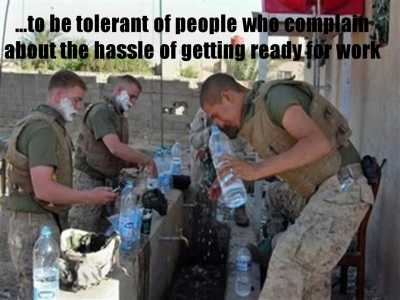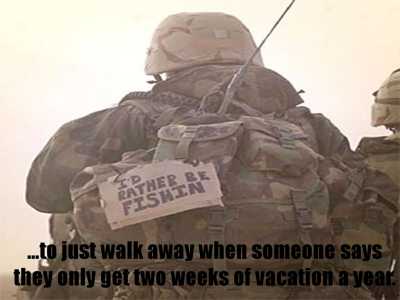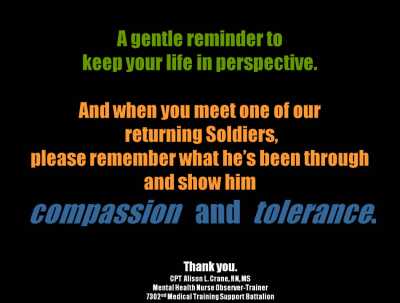Note: Don’t forget to go back in time (one day, anyhow) to catch Eagle1’s Sinking of the Albermarle Sunday Ship History entry.
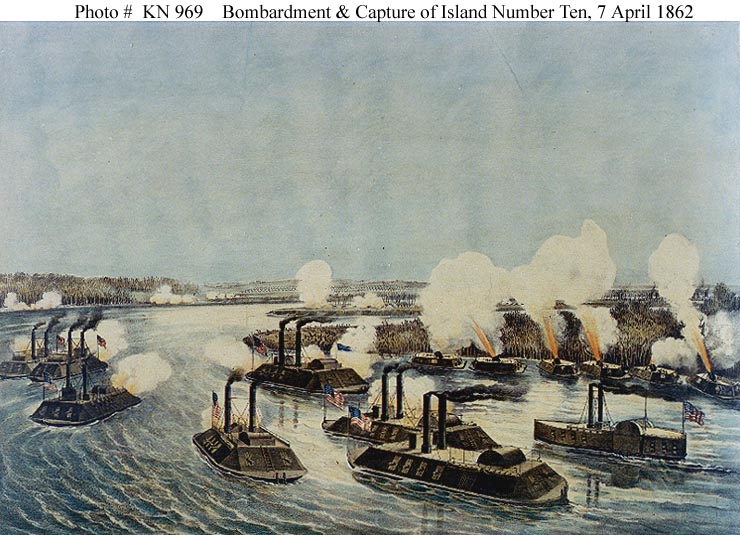 Attack on Island Nr 10
Attack on Island Nr 10I can’t find a picture of him, yet two ships have gone to sea for our Navy to honor him:
LT John Vincent Johnston:
ohn Vincent Johnston of Cincinnati, Ohio, entered the United States Navy in September 1861 as First Master in gunboat St. Louis. He assisted in the Union gunboat attacks that captured strategic Fort Henry on the Tennessee River 6 February 1862. The night of 1 April 1862 he was the Navy commander of a combined Army-Navy boat expedition from St. Louis, Missouri which landed and spiked the guns of Fort No. 1 above the Confederate stronghold, Island No. 10. He was promoted to Acting Volunteer Lieutenant for gallantry in this expedition. After joining in the bombardments of Vicksburg, Miss., he took command of Forest Rose to patrol the Mississippi River and its tributaries. On 15 February 1864 his gunboat repelled the attack of confederate raiders, saving the town of Waterproof, La., and its federal garrison. Lt. Johnston resigned from the naval service 23 June 1864 and died 23 April 1912 at St. Louis, Mo.
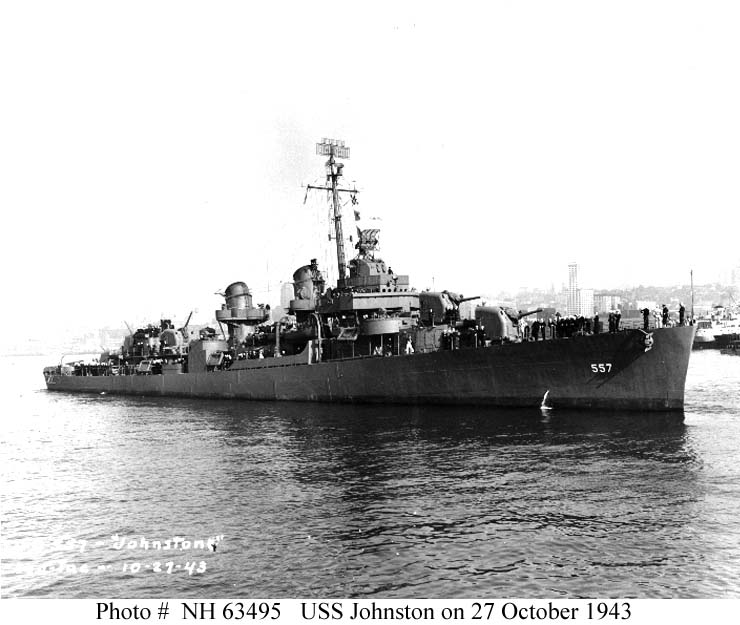
The first ship named in LT Johnston’s honor was DD-557, a unit of the
FLETCHER Class. Commissioned in Seattle, WA on Oct 27th, 1943, he commissioning skipper, LCDR Earnest Evans said this:
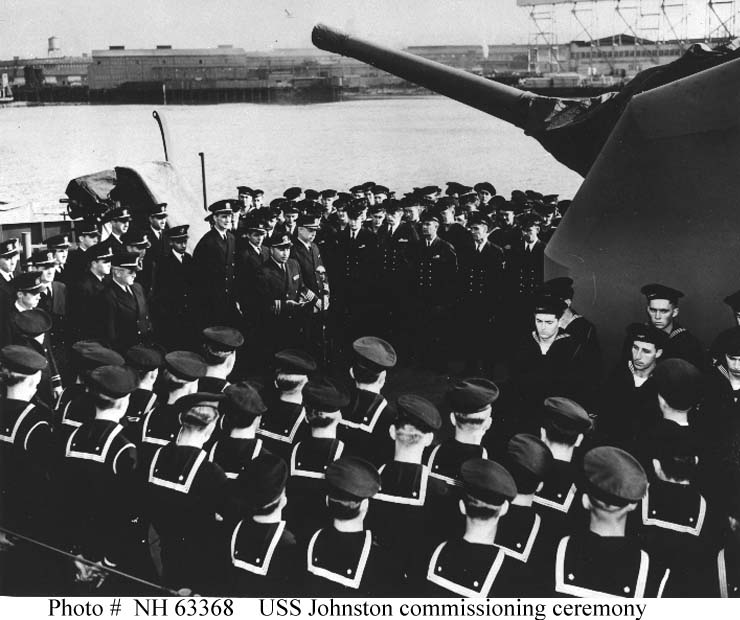
“This is going to be a fighting ship. I intend to go in harm’s way, and anyone who doesn’t want to go along had better get off right now.”
She was. Her lifespan was was one year and two days, but left a mark the most significant battle fought by the US Navy.
Enroute this day with destiny, the USS JOHNSTON (DD-557) got right into the thick of things. From the Ship’s Wikipedia entry:
During the Marshall Islands campaign 3 months later, Johnston bombarded the beaches at Kwajalein 1 February 1944, and made a 5-day bombardment of Eniwetok 17–22 February. She gave direct support to invasion troops there, destroying several pillboxes and taking revetments along the beach under fire. En route to patrol duty in the Solomons 28 March 1944, she bombarded Kapingamarangi Atoll in the Carolines. An observation tower, several blockhouses, pillboxes and dugouts along the beach were shelled. Two days later she came into the mouth of the Maririca River, southeast of Empress Augusta Bay, Bougainville, Solomon Islands. After laying a heavy barrage into that area, she took up antisubmarine patrol off Bougainville. During this duty 15 May 1944, she depth charged and sank the Japanese submarine I-176.
After 3 months of patrol in the Solomons, Johnston sailed to the Marshall Islands to prepare for the invasion and capture of Guam in the Marianas. On 21 July 1944 she teamed up with that Pearl Harbor “ghost”, the battleship Pennsylvania, to bombard Guam. The destroyer had sent in more than 4,000 rounds of shells by 29 July. Her accurate gunfire shattered the enemy 4 inch battery installations, numerous pillboxes and buildings. Johnston next helped protect escort carriers providing air support for the invasion and capture of the Palau Islands.
Following those operations, USS JOHNSTON prepared to support the landing at Leyte Gulf of Genearl MacArthur.
On Oct 25th, 1944, the USS JOHNSTON (DD-557), as part of the “Taffy 3” task force, would make her indelible mark on history:
For the first 20 minutes, Johnston was helpless as the enemy cruisers and battleships had her in range. But the destroyer’s 5 inch guns could not yet reach them. Not waiting for orders, Commander Ernest E. Evans breaks defensive formation, and goes on the offensive by ordering Johnston to speed directly towards the enemy—first a line of seven destroyers, next one light and three heavy cruisers, then the four battleships. To the east appeared three other cruisers and several destroyers. Amazingly, the enemy gunners could not score a hit on Johnston.
And from the Battle off Samar entry:
Concerned about the splashes of incoming fire, Lieutenant Commander Ernest E. Evans, skipper of the destroyer USS Johnston, which was the closest to the attackers, suddenly took the initiative to order his ship to “flank speed, full left rudder,” ordering Johnston to directly attack the greatly superior oncoming Japanese ships on his own in what would appear to be a suicidal mission.
The Johnston was a relatively small and unarmored destroyer, completely unequipped to fight Japanese battleships and cruisers. Designed to fight other destroyers and torpedo boats, she was armed with only five 5 inch (127 mm) guns and multiple anti-aircraft weapons which were ineffective against an armored battleship. Only the Johnston’s 10 Mark-15 torpedoes could be effective, but they had to be launched well within range of enemy gunfire.
Weaving to avoid shells, and steering towards splashes, the Johnston approached the Japanese heavy cruiser Kumano for a torpedo run. When Johnston was 10 miles (17 km) from Kumano, her 5 inch (127 mm) guns rained shells on Kumano’s bridge and deck (where they could do some damage – the shells would simply bounce off the enemy ship’s armored hull). Johnston closed to within torpedo range and fired a salvo, which blew the bow off the cruiser squadron flagship Kumano and also took the cruiser Suzuya out of the fight as she stopped to assist.
From seven miles (11 km) away, the battleship Kongo sent a 14 inch shell through the Johnston’s deck and engine room. Johnston’s speed was cut in half to only 14 knots (26 km/h), while the aft gun turrets lost all electrical power. Then three 6-inch shells, possibly from Yamato’s secondary batteries, struck Johnston’s bridge, killing many and wounding Comdr. Evans. The bridge was abandoned, and Evans steered the ship from the aft steering column. Evans nursed his ship back towards the fleet, when he saw the other destroyers attacking as well. Emboldened by the Johnston’s attack, Sprague gave the order “small boys attack”, sending the rest of Taffy 3’s destroyers on the assault. Even in her heavily damaged state, damage-control teams restored power to 2 of the 3 aft turrets, and Evans turned the Johnston around and re-entered the fight.
At the end of the morning, the USS JOHNSTON was lost, but the Japanese knew they had had a worthy opponent in LCDR Evans and his crew. The ship received a Presidential Unit Citation and six battle stars in her short time at sea.
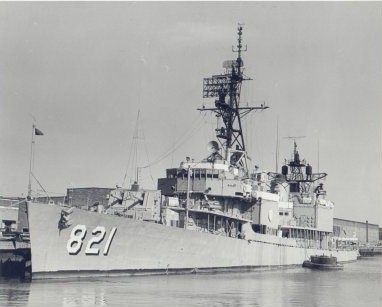
The second ship to be named for Lt Johnston was the
USS JOHNSTON (DD-821) of the
GEARING Class. She was commissioned in Aug, 1946. This USS JOHNSTON served in the Atlantic Fleet, and was strkien from US Navy records in 1981 and finally transferred to the Republic of China’s Navy.




